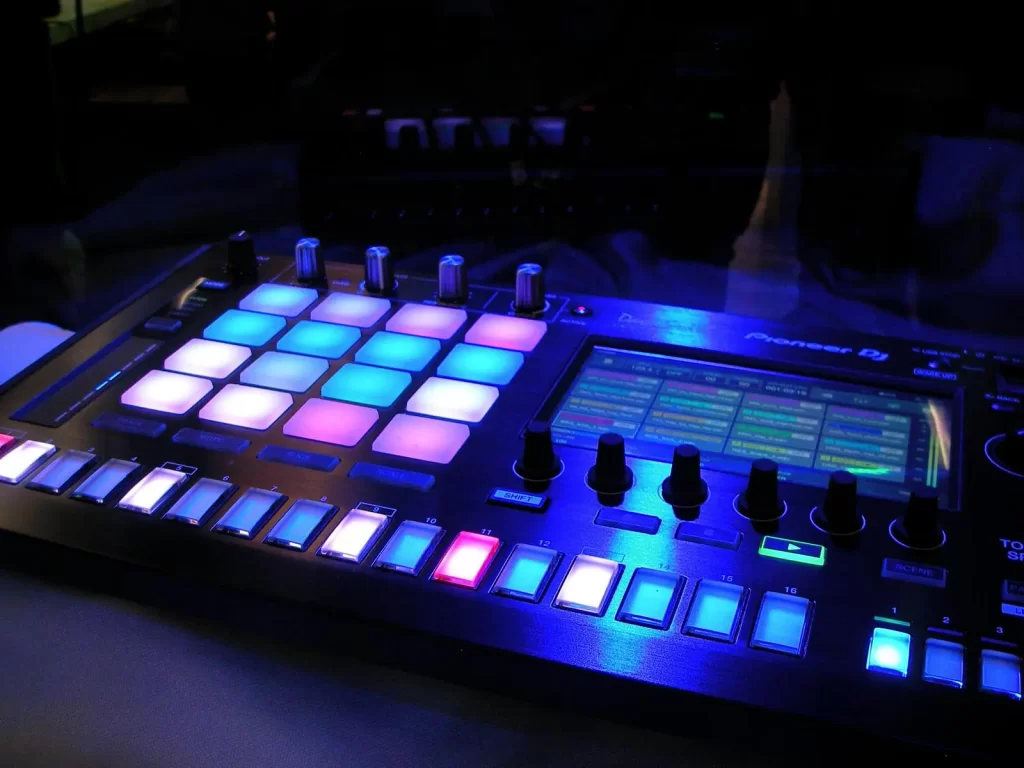Digital audio is a type that has undergone a revolutionary transformation since their inception, known by their progressive usage of technology and synthesized sounds. It appeared in the mid-20th century with founders like Karlheinz Stockhausen and Robert Moog, who presented the entire world to the number of choices of electronic noise manipulation. Through the years, it has developed into a varied and energetic variety that encompasses a wide variety of models, from ambient and techno to accommodate and dubstep.
One of many defining features of digital audio is the usage of electric devices and technology to produce, change, and produce sound. Synthesizers, drum devices, and samplers are integrated components in designing digital audio, enabling artists to produce an array of special and otherworldly seems which are not probable with conventional instruments. It has resulted in a continuing exploration of soundscapes and experimentation, creating electric audio a breeding ground for innovation.
Electronic music styles have proliferated through the years, each using its unique faculties and subcultures. Techno, known for their pulsing defeats and repeated patterns, has its sources in Detroit and Berlin, while home music is celebrated for its infectious lines and was created in the subterranean groups of Detroit and New York. Other subgenres like trance, drum and bass, and dubstep also have left their level on the electric audio landscape, further diversifying the genre.
Digital audio festivals have performed a significant position in surrounding the lifestyle around this genre. Functions like Tomorrowland, Really Music Event, and Burning Man have grown to be epicenters for electronic music fans, getting together supporters and musicians from around the world to celebrate the ability of music, neighborhood, and technology. These festivals give a software for equally famous and emerging musicians to display their craft and push the limits of live electronic performance.
The arrival of digital audio workstations (DAWs) and pc software synthesizers has democratized electronic audio production. With the right software, anyone with some type of computer and creativity may produce electric music in their own bedroom studio. That supply has led to a expansion of electric music manufacturers and a consistent flow of new music, fostering an environment of advancement and experimentation.
The lifestyle bordering digital audio is often indicated by way of a sense of unity, acceptance, and liberation. Dancefloors become spots of freedom and self-expression, wherever individuals from all hikes of life come together to connect through the universal language of defeats and rhythms. Electric party audio (EDM) lifestyle has developed in to a global phenomenon, transcending boundaries and fostering a sense of togetherness.
The artwork of DJing is an important section of digital music culture. DJs curate and combine trails to produce smooth and immersive experiences on the dancefloor. This art type is promoting over the years, and DJs are now viewed as artists in their particular correct, effective at Hélène Vogelsinger the vitality and temper of a complete room through their options and mixing techniques.
Live electronic performances have also become significantly popular, blurring the lines between DJing and old-fashioned stay band setups. Artists use a variety of electronics and application to repeat and change their paths on point, giving a vibrant and interesting knowledge due to their audiences.

The future of electric audio holds good offer, with musicians and companies constantly moving the limits of noise and technology. As new developments in music manufacturing and engineering continue steadily to appear, electric audio stays a type that thrives on innovation and will joy both long-time lovers and new decades of fans.
